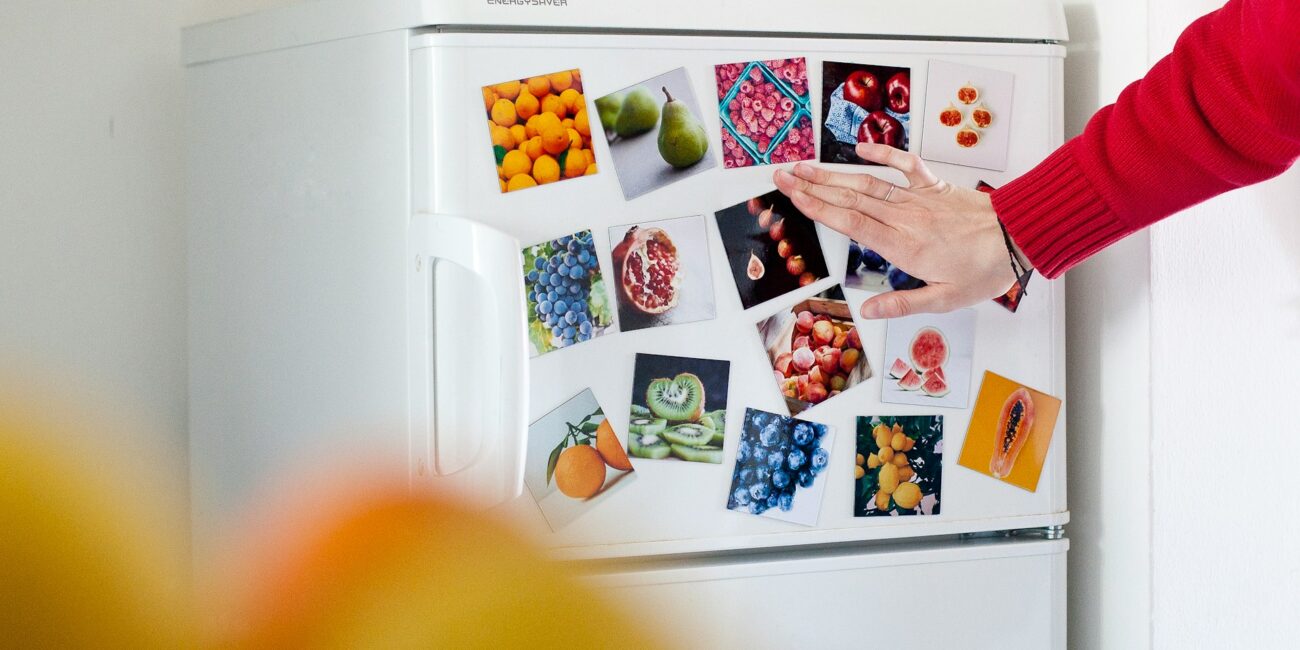Your refrigerator is one of the most important appliances in your home. It works tirelessly to keep your food fresh and safe to eat.
However, like any other appliance, it needs regular maintenance to function optimally. Neglecting refrigerator maintenance can lead to costly repairs or even the need for a replacement.
In this ultimate guide, we’ll walk you through essential maintenance tips to extend the life of your fridge and ensure it runs efficiently. From cleaning coils to checking seals, we’ve got you covered. Let’s get started!
Cleaning the Condenser Coils
Keeping your fridge in peak condition is essential for efficient operation, and one key task is cleaning the condenser coils. These coils, located at the back or beneath the refrigerator, release heat generated inside the fridge.
When covered in dust and debris, they can’t function properly, causing the appliance to work harder and consume more energy. Here’s a simple guide to maintaining your fridge upkeep effectively:
- Unplug the Refrigerator: Ensure safety before starting.
- Locate the Condenser Coils: Typically found at the back or underneath.
- Clean the Coils: Use a coil brush or vacuum cleaner to remove dust and debris.
Doing this every six months enhances cooling efficiency, reduces energy consumption, and prolongs your refrigerator’s lifespan. Clean coils also minimize the risk of overheating and potential damage, ultimately saving you money on utility bills.
Checking and Replacing Door Seals
Maintaining your refrigerator is crucial for efficiency, especially when it comes to checking and replacing door seals.
These seals, also known as gaskets, keep the cold air inside and prevent warm air from entering, ensuring consistent internal temperature and reducing energy costs. To inspect the door seals, follow these steps:
- Test with Paper: Close the refrigerator door on a piece of paper. If you can pull the paper out easily, the seals may need replacement.
- Visual Check: Look for cracks, tears, or wear.
- Clean Regularly: Wipe down the seals with soapy water to keep them in good condition.
If you find any damage, replacing the door seals is straightforward. Purchase the correct gasket for your model and follow the manufacturer’s instructions. Proper refrigerator maintenance, such as regularly checking this website for tips, ensures efficient cooling and lowers energy consumption.
Setting the Right Temperature
To ensure food safety and energy efficiency in your kitchen, it’s crucial to set the correct temperature in your refrigerator and freezer. Here are some key appliance repair tips to follow:
- Ideal Temperature Settings: Ensure your refrigerator is consistently at or below 40°F (4°C) and your freezer at 0°F (-18°C) to prevent bacterial growth and preserve food quality.
- Adjusting Temperature Controls: Most modern refrigerators come with adjustable temperature controls. Regularly check these settings and use a refrigerator thermometer to verify the internal temperature, ensuring it aligns with the recommended levels.
- Benefits of Proper Temperature Settings: Setting your appliance to the recommended temperatures not only helps in food preservation but also optimizes the efficiency of your refrigerator, preventing it from overworking and extending its lifespan.
By adhering to these repair tips, you contribute to a safer, more efficient kitchen environment.
Organizing the Interior
An organized refrigerator not only looks neat but also enhances functionality and efficiency. Effective fridge upkeep ensures better airflow, which maintains consistent cooling throughout the appliance.
Additionally, it helps reduce food waste by making all stored items easily visible and accessible. Here are some tips for organizing your fridge:
- Use Clear Bins and Shelf Liners: Keep similar items together to streamline access.
- Place Frequently Used Items at Eye Level: This saves time and effort during meal prep.
- Store Raw Meat on Lower Shelves: Prevent cross-contamination by keeping raw meat separate.
- Label Shelves and Bins: Simplify organization with easy-to-read labels.
A well-organized refrigerator not only conserves energy by reducing the time the door is open but also makes meal planning and grocery shopping more straightforward. By incorporating these fridge upkeep tips, you can enhance both efficiency and convenience in your kitchen.
Handling Ice Build-Up
Ice build-up in freezers is a common issue that can stem from various factors such as a malfunctioning defrost system, frequently leaving the door open, or placing hot food directly inside.
This accumulation of ice can significantly reduce the efficiency and storage capacity of your freezer. To tackle this problem, follow these appliance repair tips:
- Unplug the freezer and remove all food items.
- Place towels around the base to catch melting ice.
- Use a hairdryer or a bowl of hot water to expedite the defrosting process.
- Once the ice has melted, wipe down the interior thoroughly.
- Finally, plug the freezer back in.
To prevent future ice build-up, ensure that the door seals are in good condition and avoid overloading the freezer. Regularly defrosting, even if it’s not yet significant, can keep your appliance functioning efficiently.
Keeping the Drip Pan Clean
Keeping the drip pan clean is a vital aspect of refrigerator maintenance that often goes overlooked. The drip pan, found at the bottom of the refrigerator, collects water from the defrost cycle. Here’s how to ensure it remains spotless and efficient:
- Unplug the Refrigerator: For safety, always start by disconnecting your appliance from the power source.
- Locate the Drip Pan: Remove the front grille or access it from behind the fridge to find the drip pan.
- Remove and Empty: Carefully take out the drip pan and pour out any standing water.
- Clean Thoroughly: Use warm, soapy water to clean the pan, ensuring all dirt and potential mold are washed away.
- Dry Completely: Make sure the drip pan is fully dry before placing it back in the refrigerator.
By keeping the drip pan clean, you prevent mold and bacteria growth, which contributes to a hygienic environment for your food. Additionally, it helps your refrigerator run more smoothly by effectively managing excess moisture.
Conclusion
Maintaining your refrigerator is not just about preserving food; it’s about ensuring the appliance’s longevity and efficiency.
By following these essential refrigerator maintenance tips, you can keep your fridge running smoothly for years to come. Regular cleaning, checking door seals, setting the right temperature, organizing the interior, handling ice build-up, and keeping the drip pan clean are all crucial steps.
Don’t wait for problems to arise. Start your maintenance routine today and experience the benefits of a well-maintained appliance.
For more appliance repair tips, visit this website and keep your kitchen running efficiently. Feel free to reach out if you have any questions or need professional assistance. Here’s to a cooler, more efficient kitchen!



